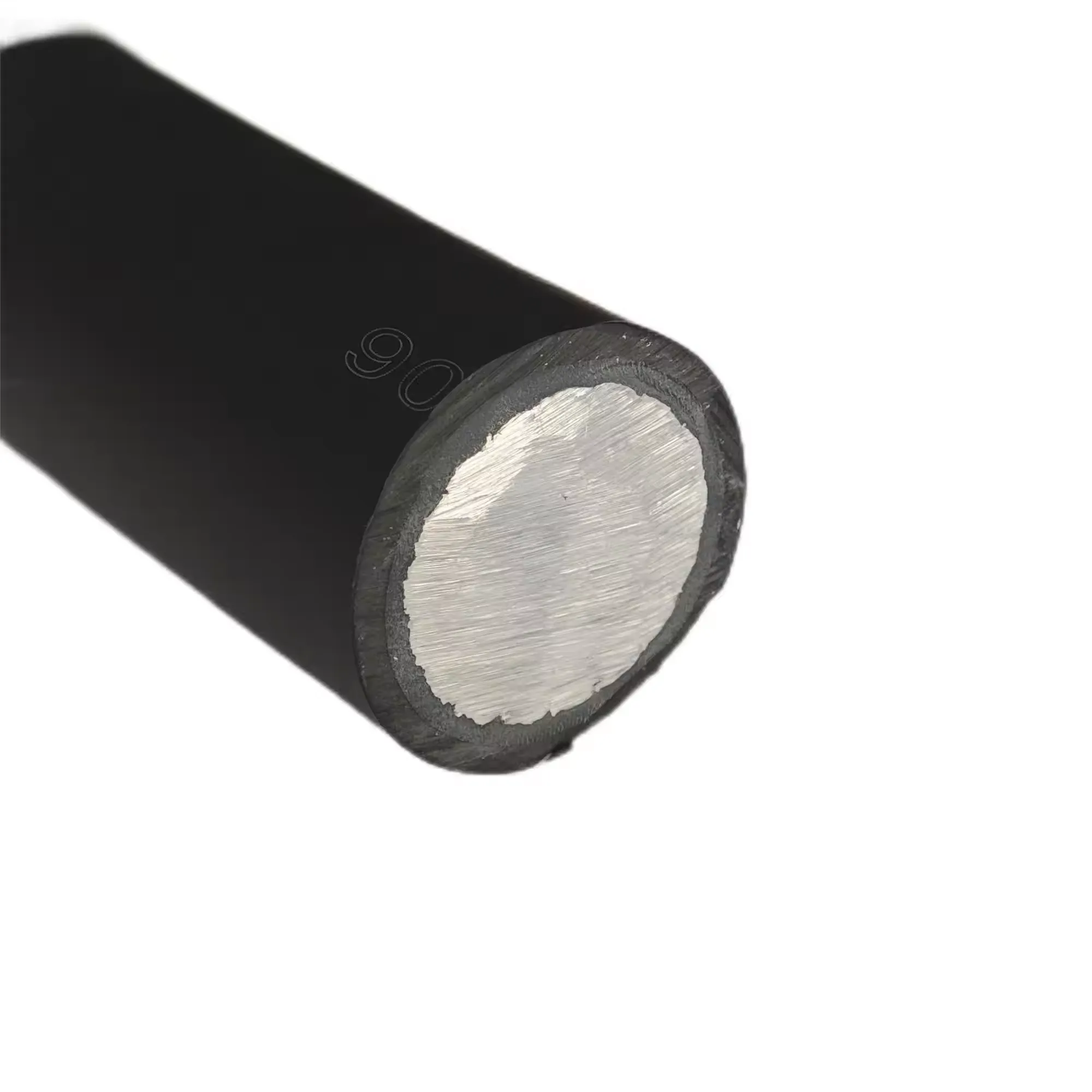Time: 2025-04-27 16:24:28 Source: Henan Province Jianyun Cable Co., Ltd.
Overhead cable work refers to the installation, maintenance, and repair of electrical cables suspended above ground on poles or towers, commonly used for power distribution, telecommunications, and other utilities. It’s a critical aspect of infrastructure, ensuring electricity and communication services reach communities efficiently. This article explores overhead cable work through three key sections, using a table to outline tasks and engaging analogies to clarify concepts.

Overhead cable work involves the installation, maintenance, repair, and sometimes removal of cables that are suspended above ground, typically supported by utility poles, towers, or other structures. These cables include power lines (e.g., HT/LT overhead lines, aerial bundled cables as discussed earlier), telecommunication cables (e.g., fiber optic lines), and sometimes cable TV or internet lines.
Power Distribution: Most overhead cable work focuses on electrical power lines, such as high tension (HT) lines (e.g., 11kV–400kV) for transmission and low tension (LT) lines (e.g., 230V–400V) for distribution to homes, often using conductors like ACSR or ABC (as discussed in prior HT/LT contexts).
Telecommunications: Overhead work also includes installing fiber optic or copper cables for internet and phone services, often seen in rural areas or smart city projects like Saudi Arabia’s NEOM (mentioned earlier).
The goal of overhead cable work is to ensure reliable delivery of electricity or communication signals while maintaining safety and compliance with standards. Overhead cable work is like “building a skyway” for electricity and data—it creates an elevated pathway to connect communities efficiently.
Overhead cable work encompasses a range of tasks performed by linemen, electricians, or technicians, often in challenging conditions. Below is a table summarizing the main tasks:
| Task | Description | Example |
|---|---|---|
| Installation | Setting up poles, insulators, and cables | Installing 11kV HT line with ACSR |
| Maintenance | Inspecting and repairing lines | Checking insulators on 400V LT line |
| Repair | Fixing damaged cables or components | Splicing a broken ACSR conductor |
| Upgrades | Replacing old lines with modern ones | Upgrading to ABC for safety |
| Vegetation Management | Clearing trees near lines | Trimming branches near LT lines |
Installation: This involves erecting poles or towers, attaching insulators (e.g., ceramic for HT lines), and stringing cables (e.g., ACSR for HT, ABC for LT). For example, installing a 400V LT line in a rural area might use wooden poles and ABC to reduce contact faults (as discussed earlier).
Maintenance: Regular inspections ensure lines are intact—e.g., checking for corrosion on ACSR conductors or cracked insulators on an 11kV HT line. Maintenance might include tightening hardware or replacing worn components.
Repair: Damaged cables (e.g., from storms) are repaired by splicing (similar to fixing bare wires, as discussed) or replacing sections. For instance, a broken ACSR conductor might be spliced using a compression sleeve.
Upgrades: Older lines may be replaced with modern alternatives, like upgrading bare LT lines to ABC for safety, or using high-temperature low-sag (HTLS) conductors for HT lines to increase capacity (as mentioned in prior HT/LT contexts).
Vegetation Management: Trees near overhead lines can cause outages or faults (e.g., a common issue with LT lines). Crews trim branches to maintain clearance, ensuring reliability, especially in rural setups.
These tasks are like “keeping a highway operational”—installing the road, fixing potholes, and clearing obstacles to ensure smooth traffic (electricity or data flow).
Overhead cable work requires careful planning and adherence to safety, environmental, and regulatory considerations:
Practical Example: Installing a 400V LT line in a rural village involves setting up wooden poles, stringing ABC cables, ensuring 4.6m clearance, and trimming nearby trees, all while adhering to IEC 60332 for fire safety. For an 11kV HT line, taller steel towers, ACSR conductors, and live-line maintenance might be required.
These considerations are like “rules of the road” for overhead cable work—ensuring the “skyway” is safe, efficient, and built to last.
Overhead cable work involves installing, maintaining, repairing, and upgrading cables suspended on poles or towers for power distribution (e.g., HT/LT lines with ACSR, ABC) and telecommunications (e.g., fiber optics). Key tasks include installation, maintenance, repairs, upgrades, and vegetation management, ensuring reliable electricity and communication services. Considerations include safety (e.g., PPE for workers), environmental factors (e.g., UV resistance), clearance, standards (e.g., IEC 60888, IEC 60332), and cost. Overhead cable work is essential for delivering power and data, especially in rural or developing areas, while adapting to modern demands like smart grids and renewable energy integration.